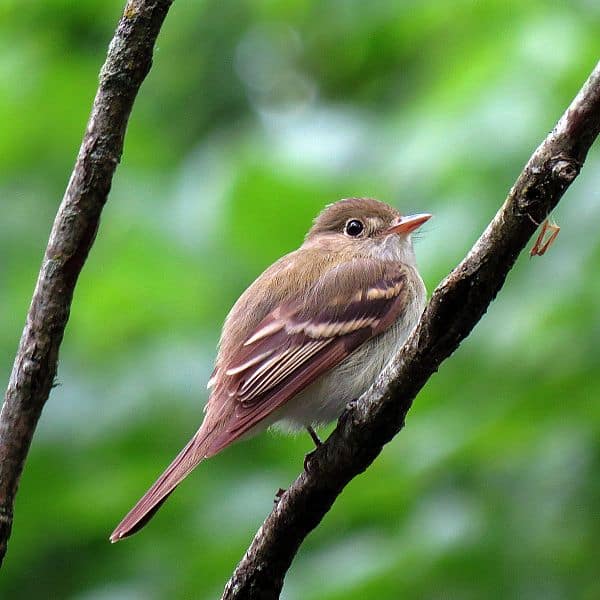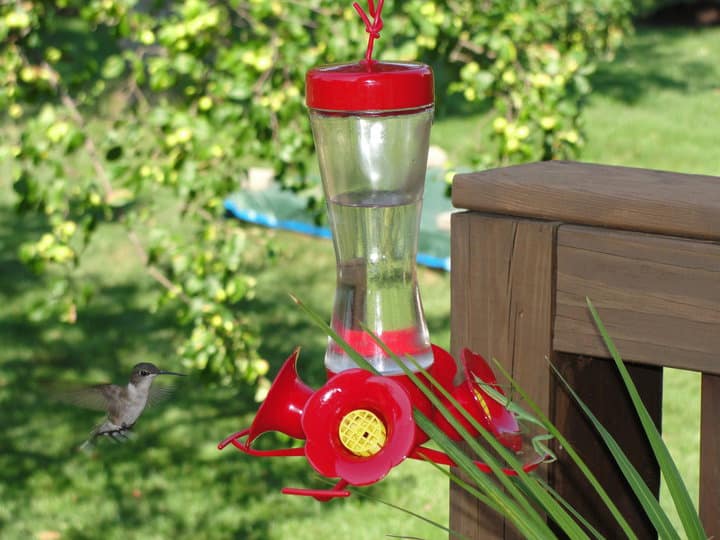The lazuli bunting is the western counterpart of the eastern indigo bunting and the two hybridize where they overlap in the Great Plains. The blue head and upperparts give the bird its name, but it is the white belly, the rusty breast, and the white wingbars that separate it from any other North American buntings.
The lazuli bunting is common in summer throughout most of the western US and in extreme southern parts of western Canada. It favors riparian areas with thickets, brushy habitats, and patches of oak and chaparral. It favors areas with grassy ground close by and is generally secretive, like the other buntings.
The male sings persistently from exposed perches, however. The song is nearly identical to that of indigo bunting, a melodic warbling that does not always include as many paired phrases. The most common call, a dry chick, is almost indistinguishable from that of indigo bunting.
In both spring and fall, migration flocks can be found foraging in weedy, brushy fields and sometimes descend on feeders. Fall migration begins early and many birds are headed south by the end of July. Populations appear to have remained stable over the past 25 years.
Hear the lazuli bunting:





We have seen a bird that is feeding with the indigo burnings that looks a lot like the Lazuli bunting. Didn’t know that they are seen in northeast Oklahoma. Does anyone know if they are ever spotted in this area?
Hi Ms. Hall, WOW! Lazuli buntings are rare visitors to northeastern Oklahoma. They regularly pass through the Oklahoma panhandle during migration, so it’s not so very far out of its range. Enjoy it while it’s there. It probably won’t stick around. Dawn Hewitt, Bird Watcher’s Digest